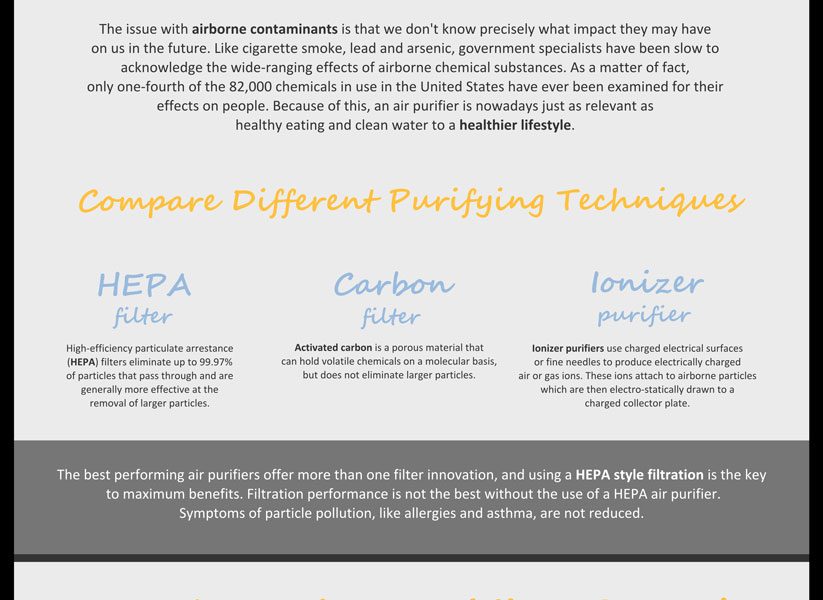The Ultimate Overview To Comprehending Heat Pumps - Exactly How Do They Work?
The Ultimate Overview To Comprehending Heat Pumps - Exactly How Do They Work?
Blog Article
Web Content By-Whitfield Dickson
The best heatpump can save you considerable quantities of money on power bills. They can also help in reducing greenhouse gas exhausts, specifically if you make use of electrical power instead of fossil fuels like lp and home heating oil or electric-resistance furnaces.
Heat pumps work significantly the same as a/c do. This makes them a practical choice to typical electric home heating systems.
How They Function
Heatpump cool homes in the summer and, with a little assistance from power or gas, they give several of your home's heating in the winter season. They're an excellent option for individuals who wish to lower their use of nonrenewable fuel sources however aren't all set to change their existing furnace and air conditioning system.
They depend on the physical reality that even in air that appears as well chilly, there's still energy existing: cozy air is constantly moving, and it intends to relocate right into cooler, lower-pressure settings like your home.
The majority of ENERGY STAR certified heatpump operate at near to their heating or cooling ability throughout a lot of the year, minimizing on/off biking and conserving power. For the best efficiency, concentrate on systems with a high SEER and HSPF score.
The Compressor
The heart of the heat pump is the compressor, which is likewise known as an air compressor. This mechanical flowing gadget uses potential energy from power creation to enhance the stress of a gas by minimizing its quantity. It is different from a pump in that it only works with gases and can not collaborate with fluids, as pumps do.
Climatic air gets in the compressor with an inlet valve. It travels around vane-mounted arms with self-adjusting size that divide the inside of the compressor, developing numerous tooth cavities of differing dimension. The rotor's spin pressures these tooth cavities to move in and out of stage with each other, compressing the air.
The compressor reels in the low-temperature, high-pressure cooling agent vapor from the evaporator and presses it into the hot, pressurized state of a gas. This process is repeated as needed to supply heating or air conditioning as called for. The compressor also includes a desuperheater coil that recycles the waste warmth and adds superheat to the cooling agent, altering it from its fluid to vapor state.
The Evaporator
The evaporator in heat pumps does the same thing as it does in fridges and air conditioning system, transforming fluid cooling agent right into a gaseous vapor that removes warmth from the room. Heat pump systems would certainly not function without this important tool.
This part of the system is located inside your home or building in an indoor air trainer, which can be either a ducted or ductless device. https://www.businesswire.com/news/home/20200706005502/en/Wrench-Group-a-Leading-Provider-of-Home-Services-Acquires-Easy-AC-Located-in-Tampa-Fla. includes an evaporator coil and the compressor that compresses the low-pressure vapor from the evaporator to high pressure gas.
Heatpump soak up ambient warm from the air, and then make use of electrical power to move that heat to a home or organization in home heating mode. That makes them a whole lot more power reliable than electrical heating systems or heating systems, and since they're using tidy electrical power from the grid (and not melting fuel), they also create far less emissions. That's why heatpump are such great ecological selections. (Not to mention a massive reason that they're becoming so prominent.).
The Thermostat.
Heat pumps are wonderful choices for homes in cold climates, and you can use them in combination with traditional duct-based systems or even go ductless. They're a fantastic alternative to fossil fuel heating unit or standard electrical heating systems, and they're more sustainable than oil, gas or nuclear a/c devices.
Your thermostat is one of the most crucial component of your heat pump system, and it works really in a different way than a traditional thermostat. All mechanical thermostats (all non-electronic ones) work by utilizing materials that change size with increasing temperature, like coiled bimetallic strips or the broadening wax in a vehicle radiator valve.
These strips consist of 2 different kinds of metal, and they're bolted together to create a bridge that finishes an electrical circuit attached to your HVAC system. As the strip gets warmer, one side of the bridge expands faster than the other, which triggers it to bend and signal that the heating system is required. When the heat pump is in home heating setting, the turning around valve turns around the circulation of refrigerant, so that the outdoors coil now operates as an evaporator and the interior cylinder ends up being a condenser.